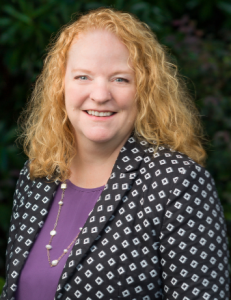Audience Engagement in 2022 – Digital Platforms and Events
January 17, 2022By Emily Almasy, NP Strategy
Rarely does the entire business world go through such significant change as it has since March 2020. Organizations have had to make change in every area of their operations, and marketing and branding efforts have evolved as part of these changes as well. One area that is key to consider as you start planning marketing communications efforts for next year is with audience engagement, both when it comes to your digital platforms and your events.
Consider Your Digital Platforms
Digital platforms are more important than ever, but companies have to be both authentic and consistent. I always recommend leveraging what you have and what you’re good at. Content can be shared as articles, webinars, videos, stories, gifs, text posts, etc. but you should choose what you have both the time and expertise to do well.
Where to share your content is also important – knowing where your audience is and being thoughtful about what you share are key factors. There are lots of ways to do it right, but there are also lots of ways to do it wrong. And the social media universe is quick to call out brands and companies who do it wrong, so think through anything you’re not sure of – from all angles – before moving forward.
- Brands that do it right:StarbucksandDoveare two of my favorite examples of brands who have been consistent and on target. On the flipside, examples of brands who have missed the mark are numerous and include big brands like Burger King[1], Chase and even IHOP.[2]
In Person vs. Virtual Events
We went from in-person events to online only, then back again. Now, people want options – 60% of people globally have said that they are interested in going to in-person events, for reasons that include networking and interactivity.[3] However many are still not ready to travel or be in large groups, leaving the hybrid option as the one that appeals to the widest range of people.
I recently attended an event that had both an in-person networking lunch, and the option to join virtually for the panel discussion. Even the panelists were hybrid, with four members sitting in chairs in person, and two members on screen from their living rooms. Participating in hybrid events takes more effort and planning, more staff, more IT, more organization. And it means you have more to consider when it comes to pre- and post-event communications, how to leverage sponsorships and how to follow up with attendees. But in the end, the event is more inclusive and can accommodate a wider range of attendees.
As you’re considering your 2022 Marketing Communications Plan, be sure to review your audience engagement strategies. Consider – and measure, if you can – what your engagement has been over the past year, and what you might do differently to make improvements.
[1] https://www.businessinsider.com/burger-king-tweet-iwd-caused-stir-company-campaign-fails-2021-3#pepsi-1
[2] https://blog.hubspot.com/marketing/avoid-social-media-fails
[3] https://www.qualtrics.com/blog/future-of-events-is-hybrid/
Emily Almasy is a Director in NP Strategy’s Raleigh office with 20+ years of experience across a wide range of industries including health care, technology, pharma, medical device and emerging markets. Her expertise extends to corporate and product branding, marketing strategy & planning for B2B and B2C organizations, digital strategies, advertising and social media.












